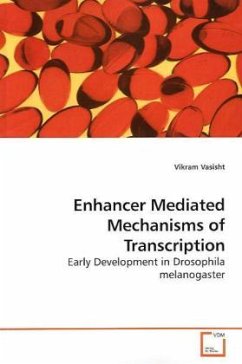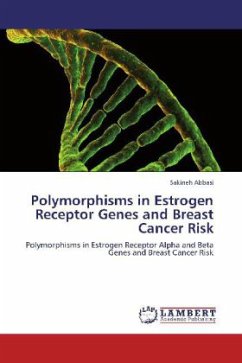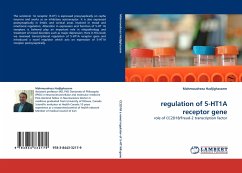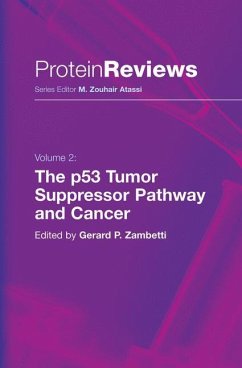
Transcription Induction Integrated by Nuclear Receptor Coregulators
Chromatin, SF-1, and CtBP Structural and Post- Translational Modifications Induced by ACTH/cAMP Accelerate CYP17 Transcription Rate
Versandkostenfrei!
Versandfertig in 6-10 Tagen
45,99 €
inkl. MwSt.

PAYBACK Punkte
23 °P sammeln!
Studies carried out during the past decade have shown that transcription of inducible eukaryotic genes involves sequential chromatin modifications by promoter-specific transcription factors and a class of proteins called transcription coregulators. First, this work identifed important chromatin modifications and modifying complexes at the CYP17 transcription start site and nearby steroidogenic factor-1 (SF-1) binding site. Post translational modifications (PTMs) to SF-1 also occur as this transcription factor interacts with the promoter. In addition, ACTH/cAMP signaling in adrenal cortex alter...
Studies carried out during the past decade have
shown that transcription of inducible
eukaryotic genes involves sequential chromatin
modifications by promoter-specific transcription
factors and a class of proteins called transcription
coregulators. First, this work identifed
important chromatin modifications and modifying
complexes at the CYP17 transcription start site and
nearby steroidogenic factor-1 (SF-1) binding site.
Post translational modifications (PTMs) to SF-1 also
occur as this transcription factor interacts with
the promoter. In addition, ACTH/cAMP signaling in
adrenal cortex alters SF-1-containing chromatin-
modifying complexes during the early phase of
transcriptional induction of CYP17. Chromatin
IP (ChIP) and mammalian two hybrid experiments
identified complexes which are cAMP-inducible, but
sensitive to the SF-1 antagonist sphingosine. SF-1
PTMs at the ligand binding pocket opening were found
to be required for CYP17 transcription. Last,
certain corepressors are protein kinase A
(PKA) targets and are functionally sensitive to PKA-
dependent NADH accumulation. Thus, signaling,
metabolism, and transcription are integrated.
shown that transcription of inducible
eukaryotic genes involves sequential chromatin
modifications by promoter-specific transcription
factors and a class of proteins called transcription
coregulators. First, this work identifed
important chromatin modifications and modifying
complexes at the CYP17 transcription start site and
nearby steroidogenic factor-1 (SF-1) binding site.
Post translational modifications (PTMs) to SF-1 also
occur as this transcription factor interacts with
the promoter. In addition, ACTH/cAMP signaling in
adrenal cortex alters SF-1-containing chromatin-
modifying complexes during the early phase of
transcriptional induction of CYP17. Chromatin
IP (ChIP) and mammalian two hybrid experiments
identified complexes which are cAMP-inducible, but
sensitive to the SF-1 antagonist sphingosine. SF-1
PTMs at the ligand binding pocket opening were found
to be required for CYP17 transcription. Last,
certain corepressors are protein kinase A
(PKA) targets and are functionally sensitive to PKA-
dependent NADH accumulation. Thus, signaling,
metabolism, and transcription are integrated.












